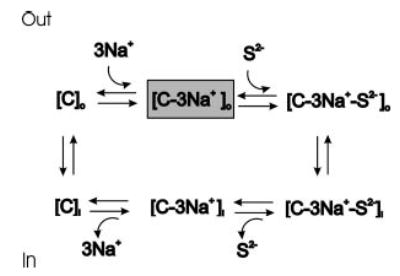Fig. 10. Simplified model of coupled sodium and dicarboxylate transport by NaDC-1.

The C refers to the transporter; S2− is the divalent anion substrate; subscripts o and i refer to accessibility of binding sites from the outside and inside of the cell, respectively. The transport cycle includes the ordered binding of three sodium ions to the transporter, which increases the affinity for substrate, followed by substrate binding. The fully loaded carrier undergoes a conformational change that reorients the binding sites to the inside of the cell. The substrate and sodium are then released on the inside, and the empty carrier undergoes another conformational change to reorient the binding sites to the outside of the cell. The gray box shows the conformational state with highest affinity for substrate, seen in the presence of sodium.
